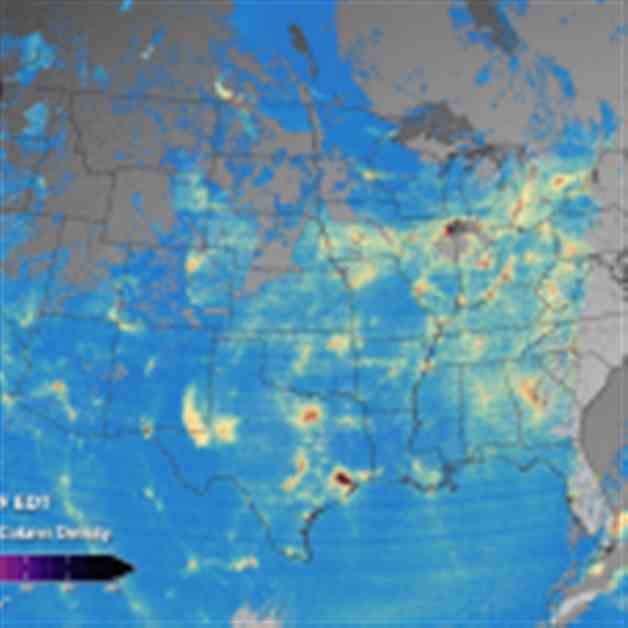NASA Releases Revolutionary Air Quality Data Through TEMPO Instrument
NASA has unveiled groundbreaking data that offers detailed air pollution observations with unprecedented accuracy, down to the level of individual neighborhoods. This near real-time information is made possible by NASA’s TEMPO (Tropospheric Emissions: Monitoring of Pollution) instrument, which was launched recently to enhance the quality of life on Earth by transforming the way air quality is monitored from space. The latest data can be accessed through the Atmospheric Science Data Center at NASA’s Langley Research Center in Hampton, Virginia.
“TEMPO represents a significant advancement in NASA’s efforts to enhance living conditions on our planet,” stated NASA Administrator Bill Nelson. “NASA, along with the Biden-Harris Administration, remains dedicated to addressing the climate crisis and ensuring that climate data is widely accessible. The quality of the air we breathe impacts everyone, and this new data is revolutionizing the monitoring of air quality for the betterment of humanity.”
The TEMPO mission captures hourly daytime scans of the atmosphere spanning from the Atlantic Ocean to the Pacific Coast and from Mexico City to central Canada. By examining how gases and particles in the troposphere absorb and scatter sunlight, the instrument identifies pollutants in the lowest layer of Earth’s atmosphere.
Hazem Mahmoud, the science lead at NASA Langley’s Atmospheric Science Data Center, emphasized the health implications of the pollutants being measured by TEMPO. With over 500 early adopters already utilizing the datasets, it is anticipated that epidemiologists and health experts will leverage this data in the near future. Researchers focusing on respiratory health and the effects of pollutants on human health are expected to find TEMPO’s measurements invaluable.
The TEMPO calibration and validation team has been diligently assessing and enhancing the data products since October 2023, through an early adopter program that enables policymakers and air quality stakeholders to comprehend the capabilities and advantages of TEMPO’s measurements.
Xiong Liu, the senior physicist at the Smithsonian Astrophysical Observatory and principal investigator for the mission, highlighted the significant role that TEMPO data will play in pollution studies. The instrument’s measurements encompass air pollutants such as nitrogen dioxide, formaldehyde, and ground-level ozone, offering crucial insights into pollution sources and their impacts.
Jesse Bell, the executive director at the University of Nebraska Medical Center’s Water, Climate, and Health Program, underlined the importance of TEMPO data in identifying disparities in air quality among different communities. As monitoring stations are often sparsely located in rural areas, TEMPO’s data will provide enhanced spatial and temporal resolution of air quality, especially in underserved regions.
The TEMPO instrument, developed by BAE Systems, Inc., Space & Mission Systems, and deployed aboard the Intelsat 40e satellite by Maxar Technologies, is set to revolutionize the monitoring of air quality and enable a deeper understanding of pollution sources and impacts.



